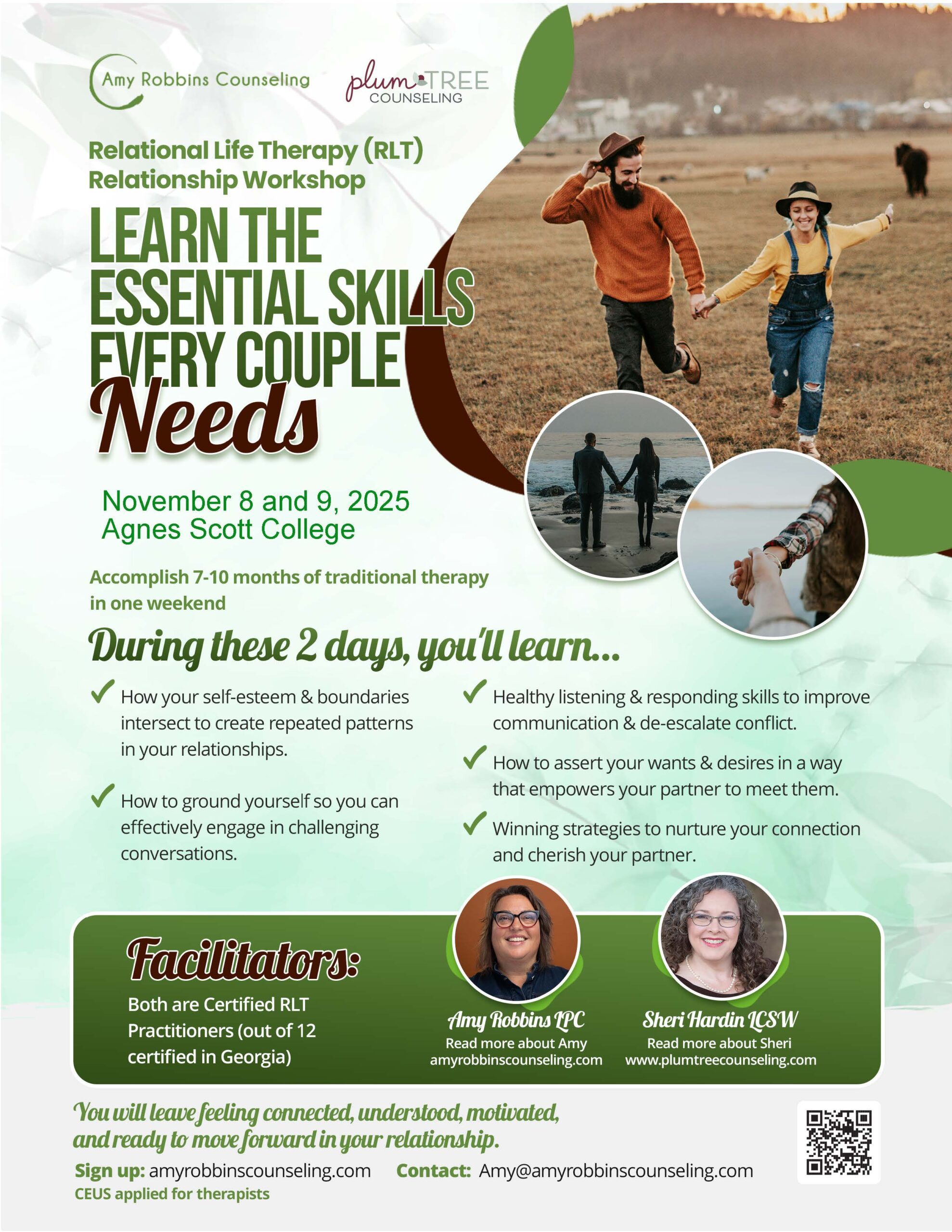What Is Anxiety?
The American Psychological Association defines anxiety as an unpleasant emotional and physical experience characterized by feelings of apprehension and tension. Anxiety is similar to fear since we feel threatened when we are anxious. Unlike fear, we are often anxious about threats that are either fictitious or not yet upon us. Anxiety has been called “vicious lies from the future”. The severity and duration of the symptoms of anxiety varies, ranging from mild performance worries (like work deadlines) to debilitating existential concerns about events that are out of our control (like asteroids colliding with earth).
Feeling anxious is a normal human experience. Anxiety disorders are the most commonly diagnosed mental health disorders and they include Generalized Anxiety Disorder, Panic Disorders and Social Phobias. Many clients will successfully treat their anxiety with medication prescribed by a doctor or nurse practitioner. Most clients will benefit from psychotherapeutic support and education, since talking to a therapist can help you understand where your anxiety comes from and what provokes it. But all clients experiencing anxiety—whether they regularly see a therapist and/or use medication—will benefit from Cognitive Behavioral Therapy (CBT) skills and practices specifically designed to mitigate anxiety’s effects.
How Do I Treat My Anxiety?
There are good reasons for learning CBT techniques to reduce anxiety. First, these techniques work. Second, developing our own skills to manage anxiety means we do not have to rely exclusively on medications. This is important because medications may not always be available and if available their efficacy can diminish over time. Actively engaging in the management of our anxiety creates an opportunity to grow emotionally. Margaret Weherberg, PsyD finds it helpful to organize anxiety management skills into three clusters: skills that address distressing physical arousal; skills that address dread; and skills that address the mental anguish of rumination.
Managing Distressing Physical Arousal
Physical arousal—such as general panic, a racing heart or chronic jaw tension—found in cluster one may be treated by learning to take better care of our bodies through diet, exercise, sleep hygiene, breathe awareness and mindfulness techniques. While these recommendations can feel like tell me something I don’t know, the fact is, all of these practices can act as an important foundation to psychotherapeutic or pharmacological treatment. Most of us roll our eyes at advice this obvious but the basics are necessary. Reducing or eliminating CATS (caffeine, alcohol, tobacco, sugar) is a good step. Diaphragmatic breathing can help us center in profound ways when we learn to do it properly and remain patient with the process. Mindfulness techniques can help us reclaim our mind after it has been hijacked by worry. Combining breath work and mindfulness can be especially effective. An example of a good breath-mindfulness practice is becoming aware of the sensations of our inhale as it enters the nostrils and moves into the lungs and then shifting our attention to the exterior world as we exhale.
Managing Dread
The dread found in cluster two can be treated in three ways: learning to deflect the loud call of worry; understanding how worry and anger emerges within us; and learning to have fun and enjoy life more often. To some extent, we can refuse to engage in worry when it comes calling our name, knowing that the voice commanding us to fret is not ultimately in control. Sometimes we can ease the dread in our minds by eliciting relaxation cues for our bodies. Bringing peace to the body can promote peace in our mind. Learning how to fully relax physically can counteract repetitive thoughts of angst. Anger, or fear of anger, provokes feelings of dread in many people and yet they may not be aware of their anger. A simple technique for becoming more aware of our anger is to write a list of all the theoretical things we could be angry about. That type of list will reveal a lot about our underlying concerns. It is likely to show us things we are angry about but unaware of. And the importance of regular laughter and play should never be overlooked. Any activity that is non-harmful and fun can act as a temporary antidote to dread.
Managing Rumination
The anguish that comes from the kind of rumination found in cluster three can be treated by learning to do three things: quieting the mind; focusing our efforts on meaningful planning (as opposed to repetitive worrying); or learning to worry once, but not often. An effective technique for quieting the mind is the Jar Visualization. In this exercise, we are invited to visualize writing down all of our concerns onto slips of paper. After the paper concerns are placed in a glass jar on a shelf, the lid is then sealed tightly. Another successful technique is called Stop / Replace —stopping an intrusive repetitive thought and replacing that thought with an appealing one. This practice can break the tyranny of a persistent worry if we have the determination and stamina to stick with the process. Meaningful planning can also disable chronic worrying. If we can identify the problem that is causing us anxiety, write down all potential problem solving options, pick an option, and develop a plan to implement the option—our ruminating is likely to diminish. But if we must worry, it is better to worry once well. By setting time parameters around our worry, we can limit its duration and frequency. Wehrenberg suggests worrying deeply for a short period of time, completing any practical tasks which could reduce our worry, putting a future time in our calendars when it would be acceptable to worry again and, most importantly, encouraging ourselves to stop worrying if worry arises before the scheduled future time.
All people experience anxiety at times. If anxiety is limiting your quality of life, using the above skills could dramatically improve your experience. The following resources offer additional effective tools for curtailing the effect of anxiety on our lives …
Resources & References
American Psychological Association
Anxiety & Depression Association Of America
Judson Brewer’s Unwinding Anxiety
Ethan Cross’ Chatter: The Voice in Our Head, Why It Matters and How To Harness It
Margaret Wehrenberg’s Stress Solutions: Effective Strategies to Eliminate Your Stress


